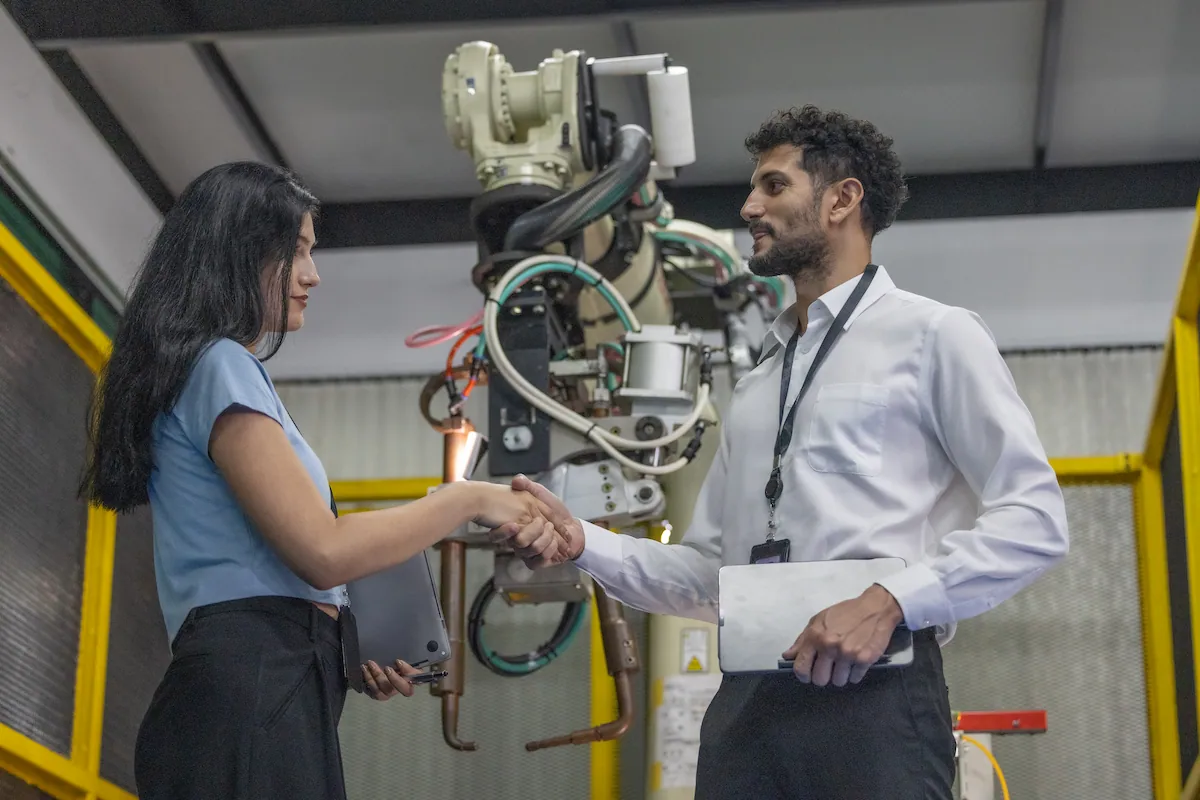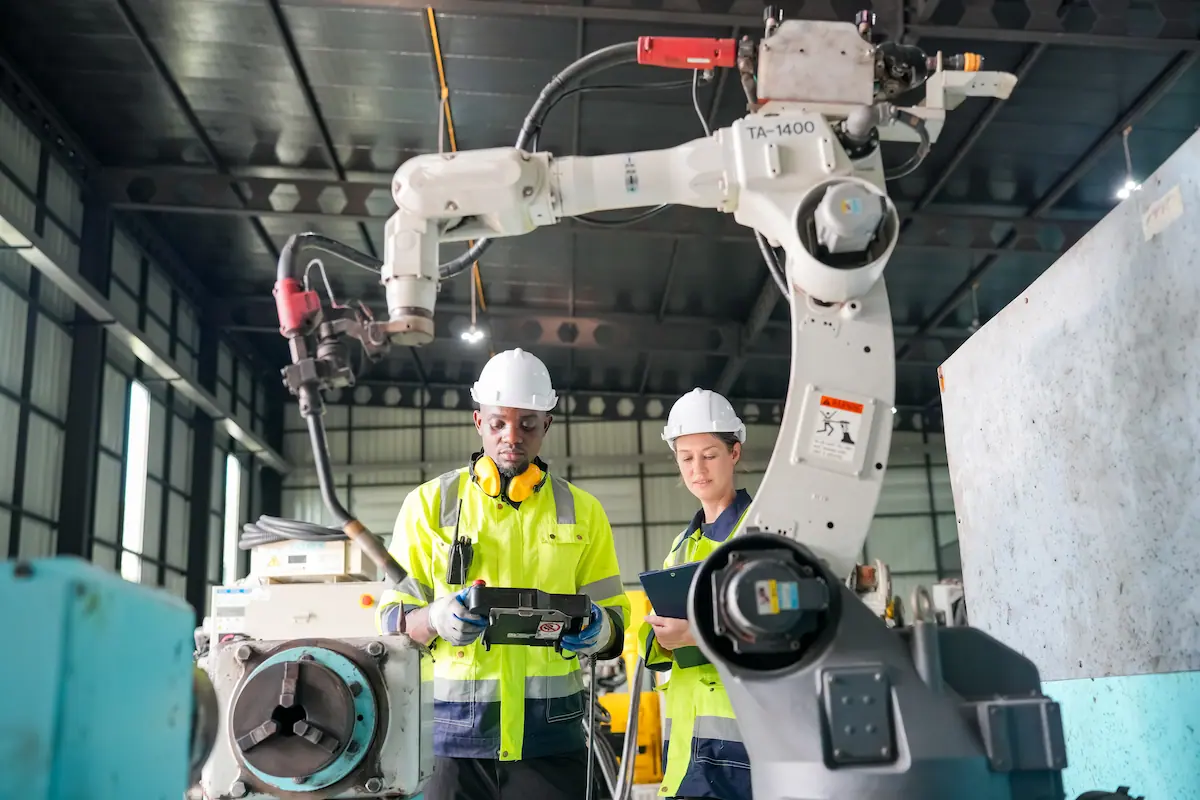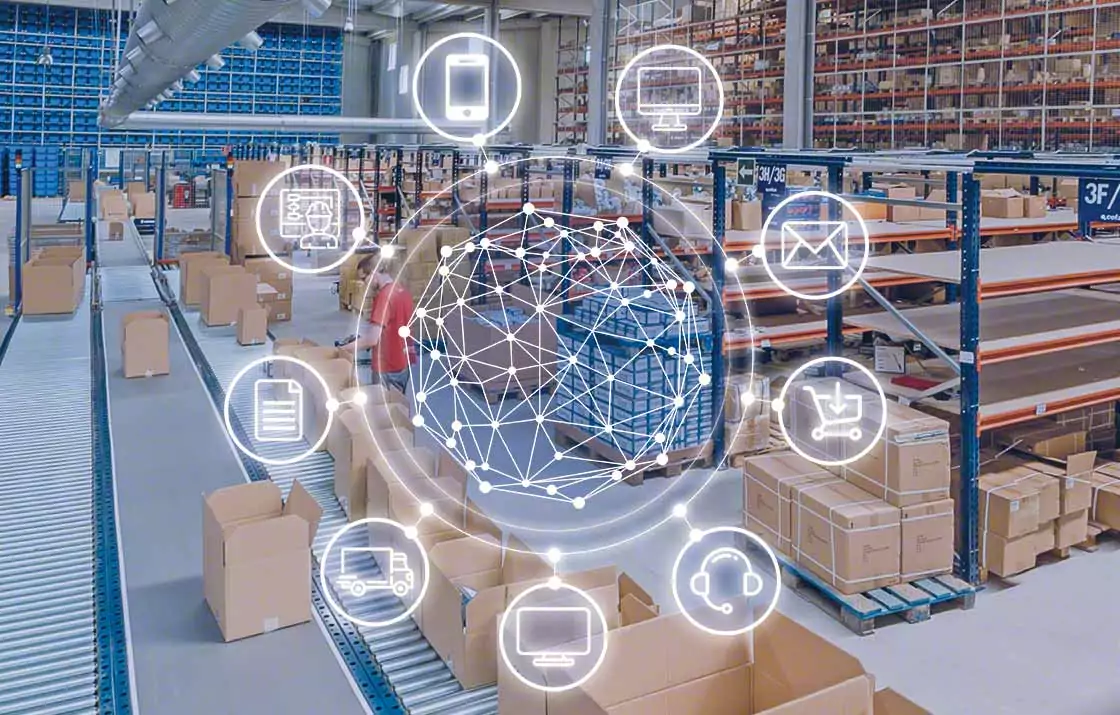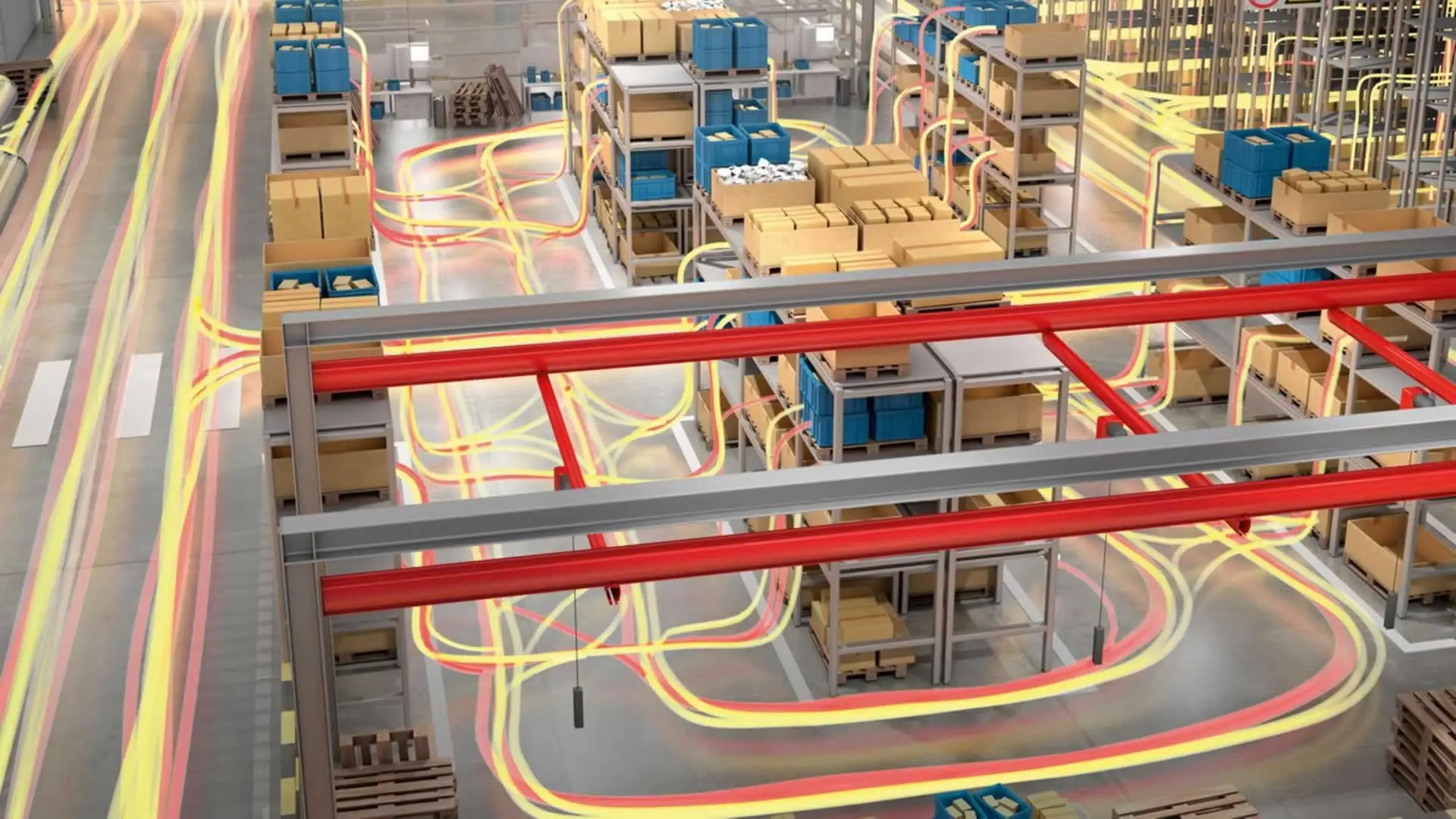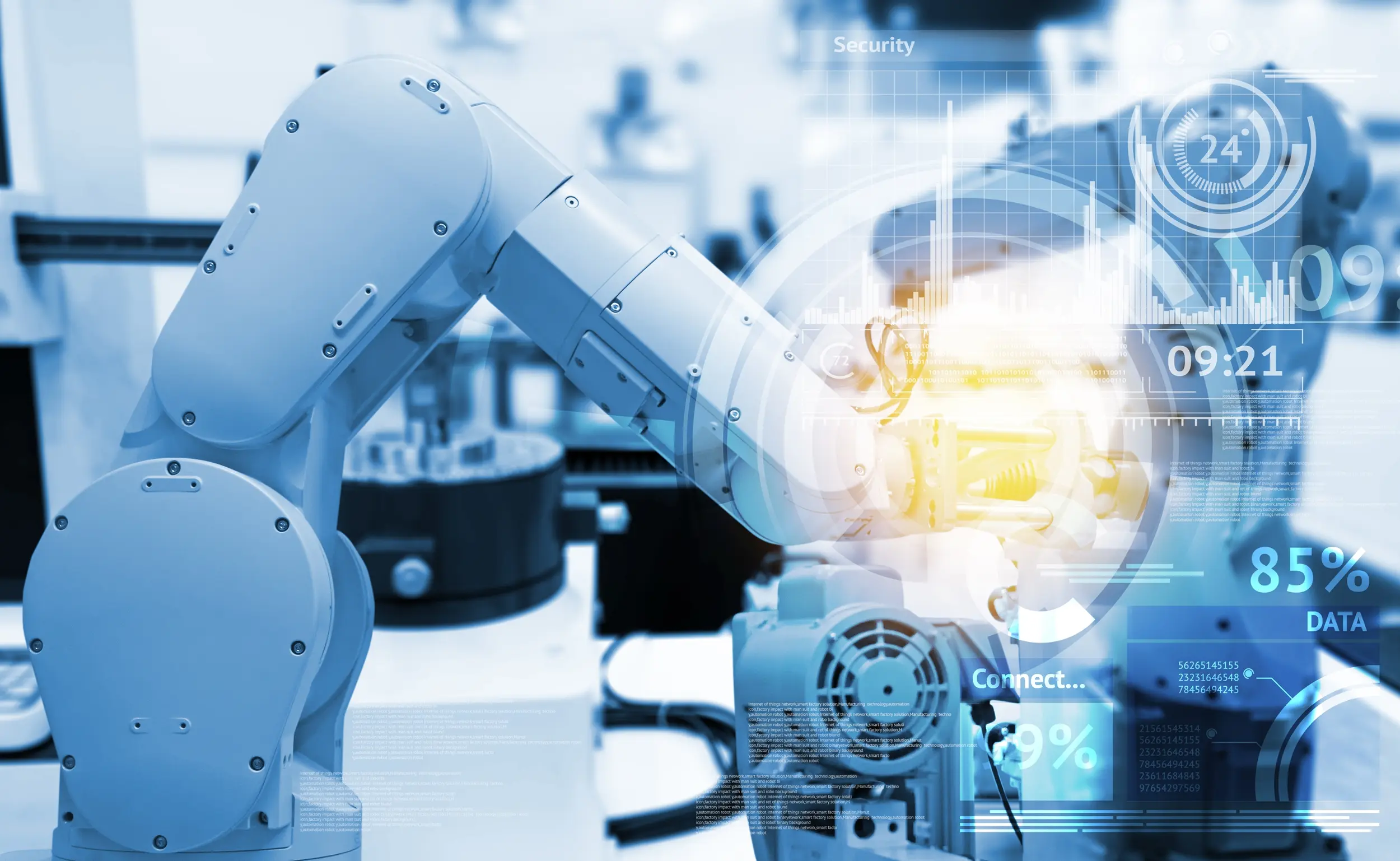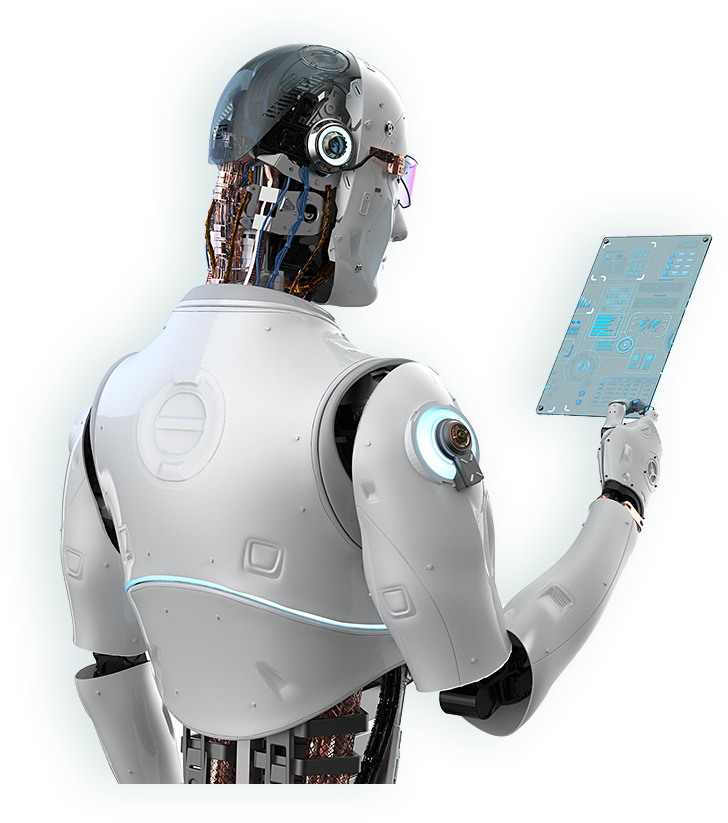In the manufacturing sector, the growing need to improve efficiency, quality and productivity has led many companies to adopt business process automation as a key strategy to remain competitive. As technology has evolved, we have moved from the Industry 4.0 revolution to the transition to Industry 5.0, which places greater emphasis on human-machine collaboration, sustainability and customisation of production.
But what does it really mean to automate a process in the context of smart manufacturing 5.0? What benefits can it bring to companies and what challenges do we face in successfully implementing these technologies? Let us delve into this topic in more detail.
In the manufacturing sector, the growing need to improve efficiency, quality and productivity has led many companies to adopt business process automation as a key strategy to remain competitive. As technology has evolved, we have moved from the Industry 4.0 revolution to the transition to Industry 5.0, which places greater emphasis on human-machine collaboration, sustainability and customisation of production.
But what does it really mean to automate a process in the context of smart manufacturing 5.0? What benefits can it bring to companies and what challenges do we face in successfully implementing these technologies? Let us delve into this topic in more detail.
What is Automation in Smart Manufacturing 5.0?
Automation in manufacturing refers to the use of advanced technologies to perform tasks and production processes with reduced human intervention. However, with the advent of Industry 5.0, the approach is changing: automation does not only aim at efficiency and cost reduction, but focuses on collaboration between humans and intelligent machines, with a focus on sustainability and customised production.
In this new industrial phase, collaborative robots (cobots), advanced industrial control systems, IoT sensors and integrated digital platforms do not replace the human workforce, but enhance its capabilities. The focus shifts to the creation of flexible and adaptable production environments that can respond quickly to market needs and customise production on demand.
Why do Manufacturing Companies Opt for Automation 5.0?
Manufacturing companies face numerous challenges, including rising operating costs, a shortage of skilled labour, the need to maintain high quality standards and pressure to reduce production times. Automation 5.0 offers strategic solutions with numerous advantages:
- Human-Machine Collaboration - The new systems do not replace the worker, but assist him, improving safety and efficiency.
- Greater sustainability - Advanced technologies reduce waste and energy consumption, making companies greener.
- Production customisation - The new systems allow production to be tailored to specific customer requirements, increasing the value of the final product.
- Resource optimization - Automated systems improve raw material and energy consumption, reducing waste.
- Flexibility and adaptability - Factories can quickly reconfigure production lines to respond to market changes.
- Increased competitiveness - Automation allows you to maintain a strategic advantage over the competition, improving quality and reducing production time.
- Improving working conditions - Workers can concentrate on more value-added activities, reducing the risk of accidents.
Main Applications of Automation in Smart Manufacturing 5.0
Automation has transformed several areas of industrial production. Let us look at some of the key areas where these technologies are having a significant impact:
1. Intelligent Production and Assembly
Advanced robotic arms work alongside human operators, performing repetitive tasks with precision, reducing the risk of accidents and improving work ergonomics. The synergy between man and machine makes it possible to improve product quality and reduce production times.
2. Supply Chain Management and Advanced Logistics
The use of drones, autonomous vehicles and artificial intelligence software optimises supply chains, reducing costs and waste. Digital platforms improve visibility and inventory monitoring, reducing response times to changes in demand.
3. Enhanced Predictive Maintenance
Thanks to AI and IoT, systems can predict failures with great accuracy, reducing downtime and improving operational efficiency. Smart sensors constantly analyse the condition of equipment, preventing costly failures.
4. Quality Control with AI and Artificial Vision
Automated inspections use machine vision and advanced analysis to detect defects with unprecedented accuracy. This ensures high standards and reduces the number of defective products placed on the market.
5. Intelligent Energy Management and Sustainable Production
Industry 5.0 focuses on reducing environmental impact through advanced energy management systems that optimise consumption and reduce emissions. The use of renewable energy sources and energy efficiency become a priority.
Challenges of Automation Implementation in Smart Manufacturing 5.0
Despite its many advantages, the adoption of automation presents some challenges:
- High initial investment - New technologies require significant investments, but the payback is guaranteed in the medium to long term.
- Integration with existing systems - Many companies need to upgrade their technological infrastructure to fully benefit from innovations.
- Resistance to change - Human-machine collaboration requires cultural change and continuous training.
- Advanced cybersecurity - Increased connectivity exposes companies to cyber risks, making the protection of data and systems essential.
- Regulations and compliance - Companies must ensure that they comply with the ever-changing regulations in the industry and technology sector.
The Future of Smart Manufacturing 5.0 and Automation
Automation 5.0 will continue to evolve, with key trends such as:
- Total interconnection between machines and operators - IoT and AI technologies will enable increasingly fluid collaboration between humans and robots.
- Increasing adoption of AI and predictive analytics - Factories will become more autonomous and intelligent, making decisions in real time.
- Innovative materials and advanced 3D printing - They will allow more sustainable and customisable production.
- Focus on ethics and worker welfare - Companies will adopt solutions that improve working conditions and enhance human skills.
Conclusion
Automation in smart manufacturing 5.0 represents the future of industrial production, where technology and humanity work together to create a more efficient, innovative and sustainable environment. For companies that want to remain competitive, the best time to invest in this evolution is now.
Contact TodSystem today to find out how to implement customised 5.0 automation solutions for your company!

